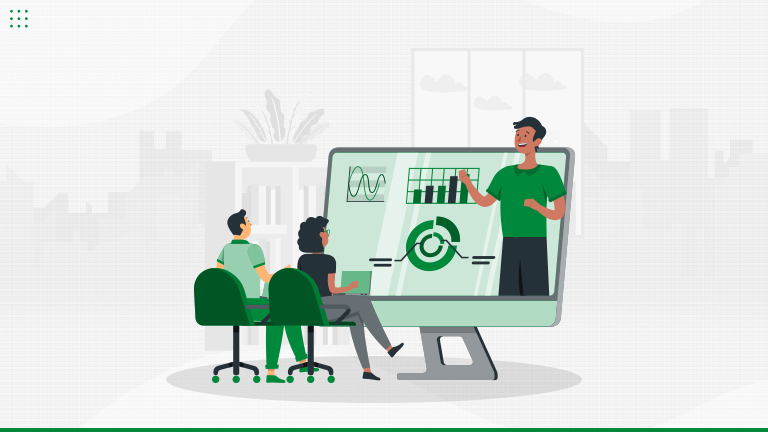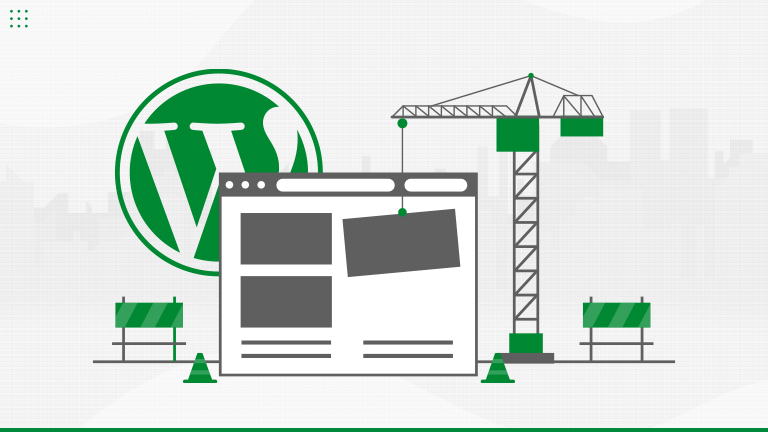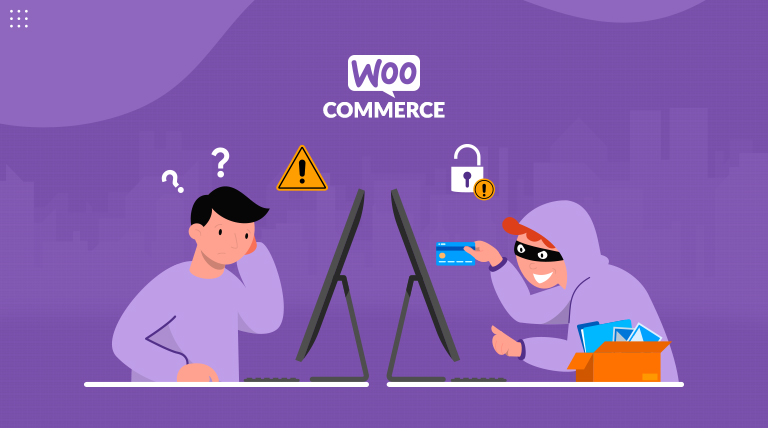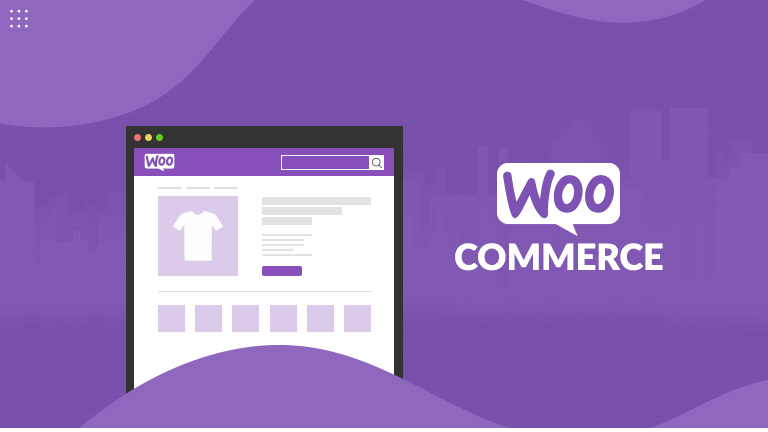Let’s Talk About Data Liberation Learn more

40+ Certified Experts

Hassle-Free Project Delivered

Security & Integrity

Wordpress Core Contributors

Every server has limits, and websites can handle so many visits simultaneously only. But if the server goes under pressure somehow, it will stop working soon. That’s how the Distributed Denial of Service (DDoS) cyber attack works. It creates that under pressure situation. We, as a WordPress Website development company, concerned about WordPress websites with DDoS vulnerability and its protection from DDoS cyber attacks.
The most recent DDoS attack was on Amazon Web Services in Feb 2020, when 800 Pound gorillas of everything cloud computing was hit by a massive DDoS attack. In comparison to 2018DDoS attacks increased 39% in 2019, which is quite scary.
The thing becomes scarier as this cyber attack doesn’t only hit popular websites but small ones too. The attack slows-down websites and makes them inaccessible to users. It makes DDoS attack protection a critical need of time, but before we move towards the solution, let’s know the root cause.
Short insights on DDos attack
The DDoS cyber-attack involves compromised computers and devices to send or request data from a WordPress hosting server. The purpose behind these requests is to slow down and eventually crash the targeted server and website.
DDoS is an advanced form of Dos (Denial of Service). It shut down the network with sending floods of traffic to the target or information that triggers a crash. The DDoS attack occurs with multiple systems planning a combined DoS attack to a single target. The attack took place from many locations rather than just one.
How does this attack work? Know in steps.
- To carry out the attack; DDoS attackers are required to control the victim’s network. In the process, attackers affect computers and other machines such as IoT devices with malware and turn them into a bot.
- The attackers then control the group of bots with their so-called remote control called a BOTNET.
- With the help of this botnet, attackers can send updated instructions to the bot via this controlling method and direct them to work accordingly.
- When an attacker targets the IP address of a victim, each bot responds by sending requests to the target.
- It causes the overflow of a network or server and results in DDOS traffic.
- Ultimately the server stops responding or crashes.
- How to detect DDoS vulnerability on the WordPress Website?
It’s tough to detect the DDoS attack as it does not show any warning, and also website owners do not regularly browse the website. Most of the cases, owners only get aware when users or customers complain about the malfunctioning. At times you can check for the themes and plugins whether they are creating issues. If not, then you can realize that there is a presence of DDoS attacks.
But keep it in mind that, not only detect attacks but search for a solution, as it can affect revenue and visitors and much more. In the case of DDoS attacks, if you know the sign prior, it is the best way to mitigate. Check out some proven hints.
Monitor the website traffic
Keep monitoring your WP website’s traffic. Check for the sudden hikes in traffic as in DDoS attacks hackers send many requests to WordPress websites. Use Google Analytics to keep an eye on your daily-traffic, as recently Google added real-time data features on it.
You can also install some security plugins to check traffic. If you notice an insane amount of requests in a small time-span, especially when the website is not familiar to that, then it can be a sign of DDoS attack.
Review the website’s data usage
DDoS attacks are known for draining website resources, so keep an eye on the proportion of website resources. However, it’s not that easy to drain website resources as it requires a lot of traffic. To conform DDoS attacks, check for your CPU and Bandwidth. For better protection, don’t wait for DDoS attacks to happen and hire WordPress support and maintenance services.
Proven ways to protect WordPress websites from DDoS attack
Use a content delivery network(CDN) – To handle the website server load, CDN offers a server to your WP website. It will handle WP website speed and server load too. It gives full justice to security and protection from DDoS attacks without damaging the server. It also detaches the uncertain pattern of traffic and works as a reverse proxy.
Disable reset API and XML-RPC in WordPress –In the recent WordPress version, now users can enable the XML- RPC with the default option. It is used to trackbacks and Pingbacks, which is useful for SEO. However, XML-RPC can be compromised easily and become a loop for your website security. So it’s better to disable it. In the same manner, disable your reset API too.
Take services from a secure hosting provider – Server hosting provider plays a crucial role in both security and website speed. A good hosting server can save your WordPress website from DDoS attacks too. A premium hosting plan holds your security at preference.
Download the WordPress DDoS protection plugin – WAFs (Web Application Firewall) can safeguard your website. The security plugin such as WAF will work on many functionalities such as bot blocking, misleading URL, login attempts, and malicious IP addresses.
The final point!
WordPress is one of the most secure site builder platforms. But the immense effect of DDoS attack can’t be neglected. It can flood out the hard-earned websites visitors, reputation and even the whole website.
However, here, in this article, we have given all possible measuring and proven tactics to handle these massive security issues. But if you want experts to deal with this crucial security matter, hire WordPress website support & maintenance.






